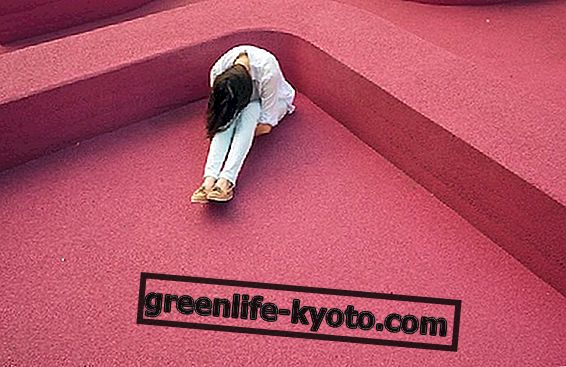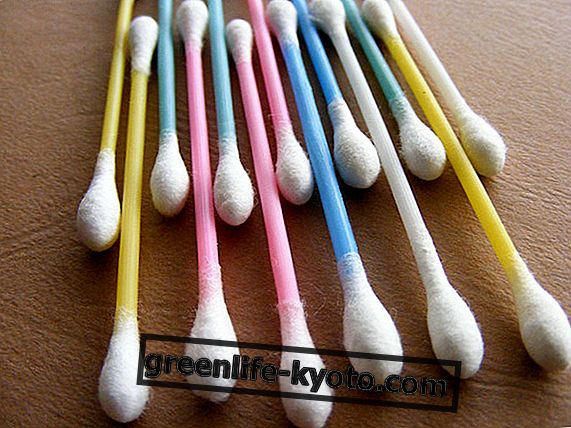
The problem of health inequalities has been extensively studied, especially to understand the main causes.
Overall , the results of all the research carried out in this sense lead to two types of causes: environmental and individual.
Beyond the causes, what are the results of the last survey of the National Health Observatory in the Italian regions ?
Life expectancy at regional level
The indicators on inequalities highlight the existence of a strong territorial gap, for example, taking a look at the data of 2017, we note that in Campania men live on average 78.9 years and women 83.3 while in autonomous province of Trento men have an average survival of 81.6 years and women have 86.3.
In general, the greatest survival is recorded in the regions of the North-east where there is an average life expectancy of 81.2 years for men and 85.6 years for women; in the South, on the other hand, the average life expectancy falls to 79.8 years for men and 84.1 years for women.
Looking at the survival data between 2005 and 2016, we note that the gaps between the regions are persistent .
The regions with a life expectancy lower than the national average are Sardinia, Molise, Basilicata, Valle d'Aosta, Piedmont, Campania, Calabria and Sicily and, in the last three regions listed, the situation has shown a tendency to deterioration in recent years .
Instead, they record a life expectancy above the national average, Puglia, Abruzzo and almost all the northern regions.
The less long-lived provinces are those of Caserta and Naples, while the longest is Florence, followed by Monza and Treviso .
Also read Preventing a heart attack in 4 steps >>
The influence of social differences
Another interesting fact concerns the social survival gaps ; in Italy the average survival of a man with a low level of education is 77 years, while it rises to 82 years in those who have at least a degree.
There is therefore a different life expectancy of five years; in women the gap drops to three years, but it is still high; in women with a lower level of education, the average life expectancy is in fact equal to 83 years, while it rises to 86 for women graduates.
Chronic diseases are also more common in people with a lower level of education ; for example, in the range between 25 and 44 years, the prevalence of people with at least one severe chronic disease is equal to 5.8% in the case of low education and falls to 3.2% among graduates.
This gap increases with increasing age; if, in fact, we consider the age group between 45 and 64, the percentage of people with chronic pathology is 23.2% in those who have a very low educational level and 11.5% among graduates .
Cultural factors greatly influence lifestyle and, therefore, affect health . Economic differences also play an important role.
Consider obesity, one of the most important cardiovascular risk factors and not only: it concerns 14.5% of people with a low level of education and does not exceed 6% in graduates; it affects 12.5% of the poorest segment of the population and 9% of the richest.
An interesting fact is that which evaluates obesity in children based on the level of education of the mother ; in children between the ages of 6 and 17 there was 30% obesity if the mother had attended only compulsory school and dropped to 20% in the case of graduated mothers (2014-2015 data).
The data just presented make you think. If, however, they compare themselves with those of other European countries, it will be noted that, after all, we are not so badly placed.
Indeed, Italy is the country with the lowest level of inequality, after Sweden. Of course, this does not exempt Italy from the search for social policies aimed at reducing these gaps more and more, but all in all, our health model represents a good basis from which to start.













